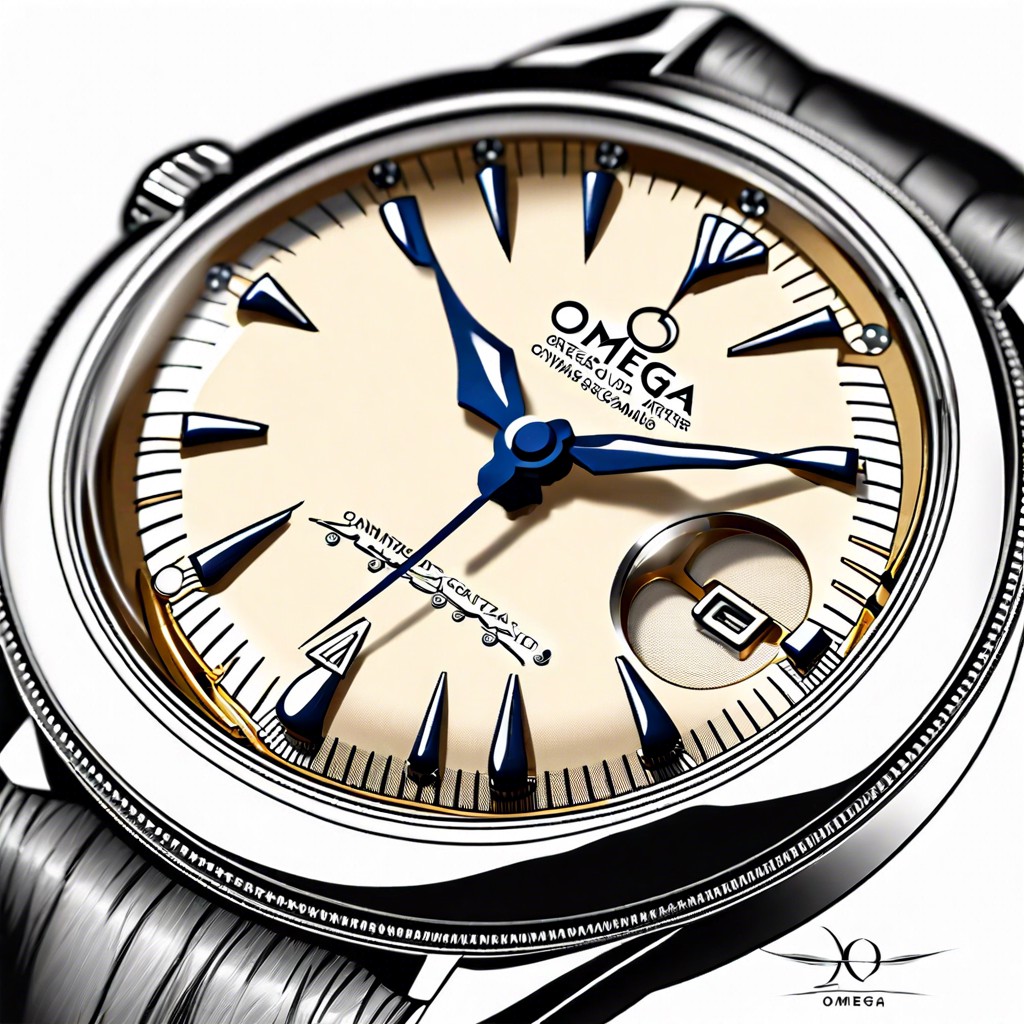Last updated on
This guide will provide essential tips for identifying and purchasing authentic vintage Levi’s jeans.
Key takeaways:
- Vintage Levi’s jeans evolved from workwear to fashion staples.
- Key markers for identifying vintage Levi’s include care labels and the presence of a Big ‘E’ on the red tab.
- Levi’s 501 jeans are a symbol of classic American denim and have subtle design changes over time.
- The red tab with a capital ‘E’ indicates production before 1971, making them highly collectible.
- Vintage Levi’s with selvedge denim are sought after for their quality and personalized fade patterns.
History of Levi’s Jeans

Levi Strauss & Co. was established in 1853 in San Francisco during the California Gold Rush. Conceived as a dry goods business, Strauss began partnering with tailor Jacob Davis in 1873 to produce durable workwear. They patented the process of putting rivets in pants for increased strength, ultimately leading to the birth of modern denim jeans.
Throughout the 20th century, Levi’s jeans evolved from workwear to symbols of youth rebellion, and eventually became everyday fashion staples. Iconic models, like the 501, introduced in the 1890s, had consistent updates reflecting changing styles and manufacturing methods, which in turn became one of the easiest ways to date vintage pieces.
World War II precipitated significant shifts, with the introduction of painted rather than stitched-on arcuate stitching on the back pockets due to fabric rationing. This era’s jeans are now highly collectible. The brand’s expansion globally in the post-war period helped cement Levi’s status as a cultural icon, intertwining with the history of 20th-century America itself.
Identifying Vintage Levi’s
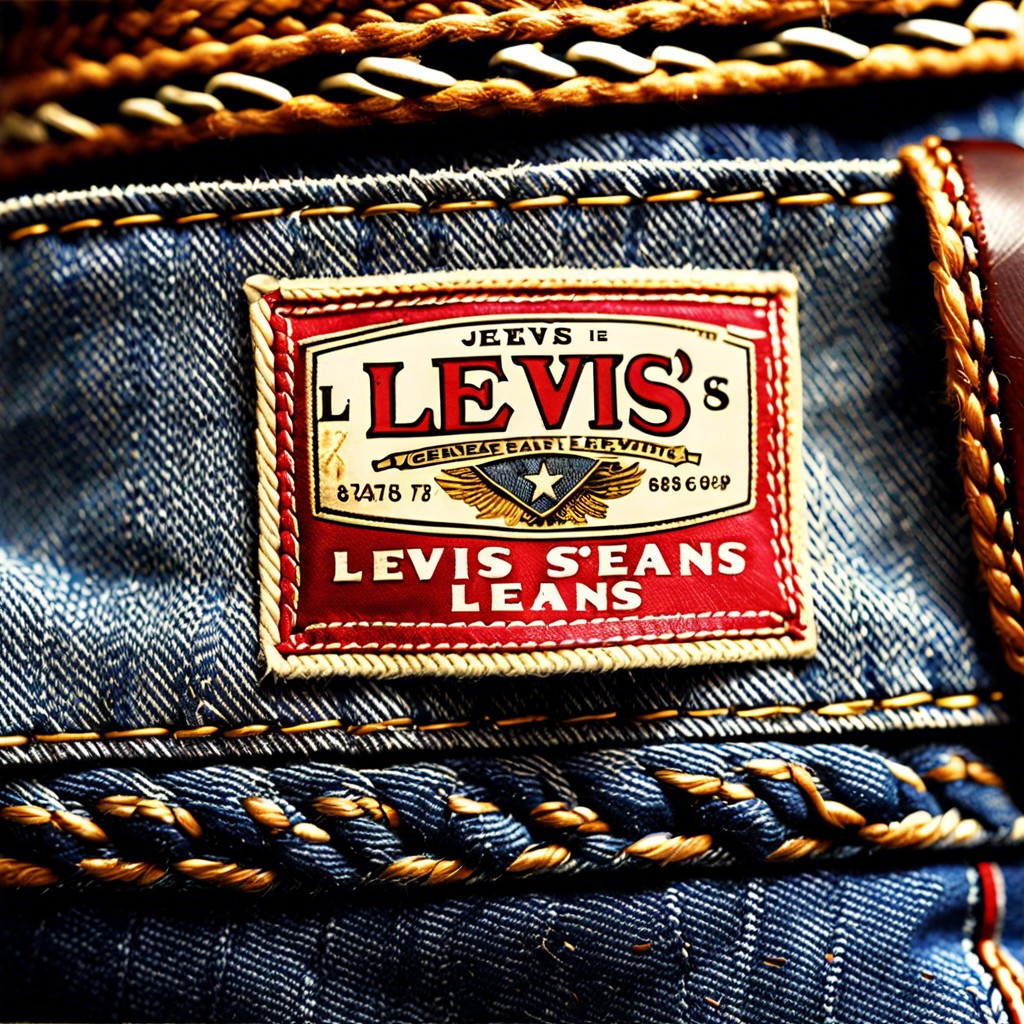
To distinguish vintage Levi’s, specific markers are crucial. First, check the care labels; items produced before 1971 will not have a care label. Next, inspect the jeans for a Big ‘E’ on the red tab; a capital ‘E’ indicates a production date before 1971. Selvedge denim, the traditional weaving technique, is another hint; it appears as a finished edge inside the outseam, suggesting older, more authentic jeans.
The number on the back of the top button can also lead to the manufacturing date, linking to a specific period or factory. Rivets and bar tacks, metal reinforcements at stress points, are also telling; earlier designs included rivets on the back pockets. The patch on the back of the jeans, if leather, points to a pre-1950s era, while cardboard patches came later.
Lastly, observe the stitching in the arcuate pattern on the back pockets. Variation in styles over time can narrow down the production era, with older pairs having a more hand-drawn look compared to newer, more uniform designs.
The Significance of Levi’s 501 in Vintage Denim
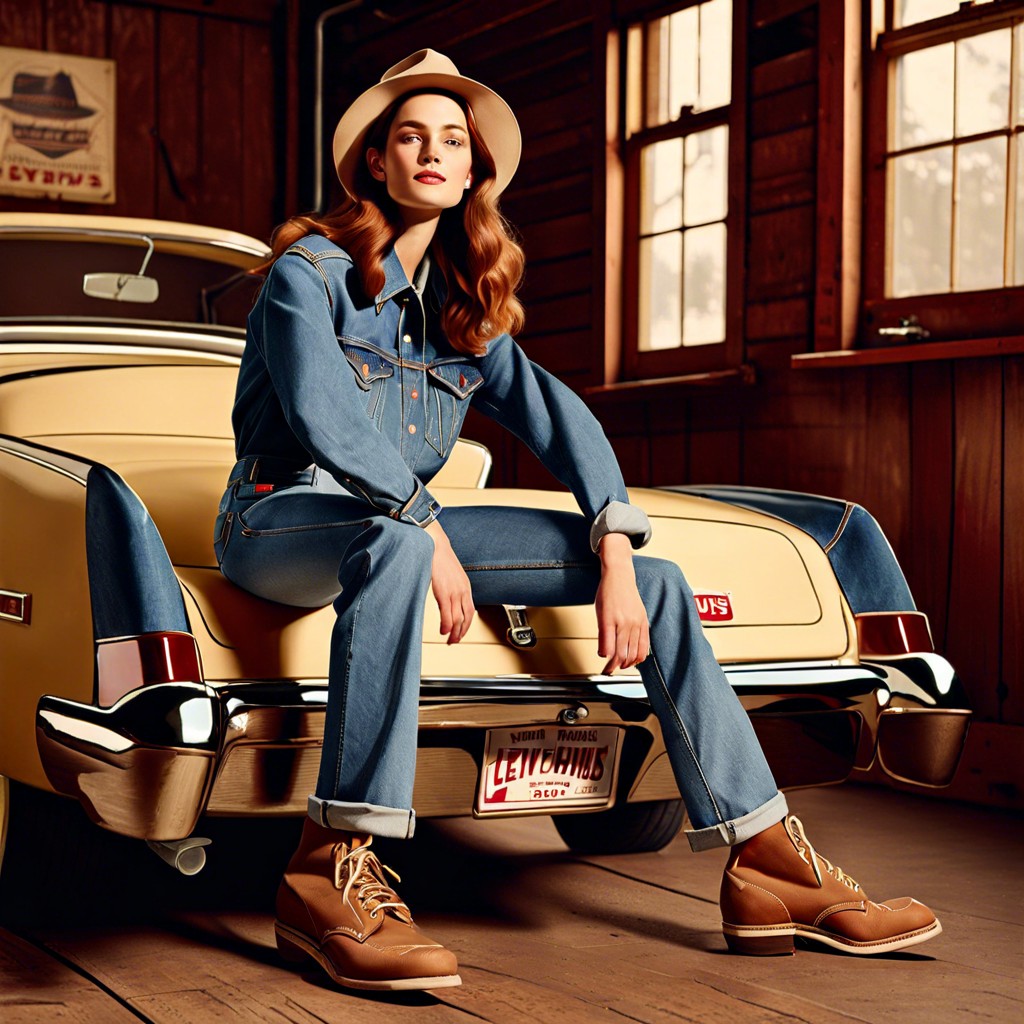
Levi’s 501 jeans embody the essence of classic American denim. Introduced in the late 19th century, they were initially designed as durable workwear for laborers. Over time, they transitioned into a symbol of rebellion in the 1950s and 60s, and later as a staple of casual fashion.
The 501 design has evolved subtly over decades, with changes reflecting shifts in fashion and manufacturing processes. Collectors and enthusiasts often look for specific details to date their vintage pairs, such as the presence of a selvedge seam or the arcuate stitching pattern on the back pockets.
Denim aficionados treasure the 501 for the quality of the raw denim and the individualized wear patterns that emerge with regular use. These “whiskers” and “honeycombs” tell a personal story, making each pair unique to its wearer.
In the vintage market, certain editions of the 501 fetch higher prices, depending on rarity and condition. For instance, models with the redline selvedge, produced before the mid-1980s, are particularly sought after.
Levi’s 501 jeans serve as a touchstone for understanding vintage denim’s value, from their cultural impact to their enduring design and craftsmanship.
Understanding the Levi’s Red Tab and Big ‘E’ Vs. Small ‘e’
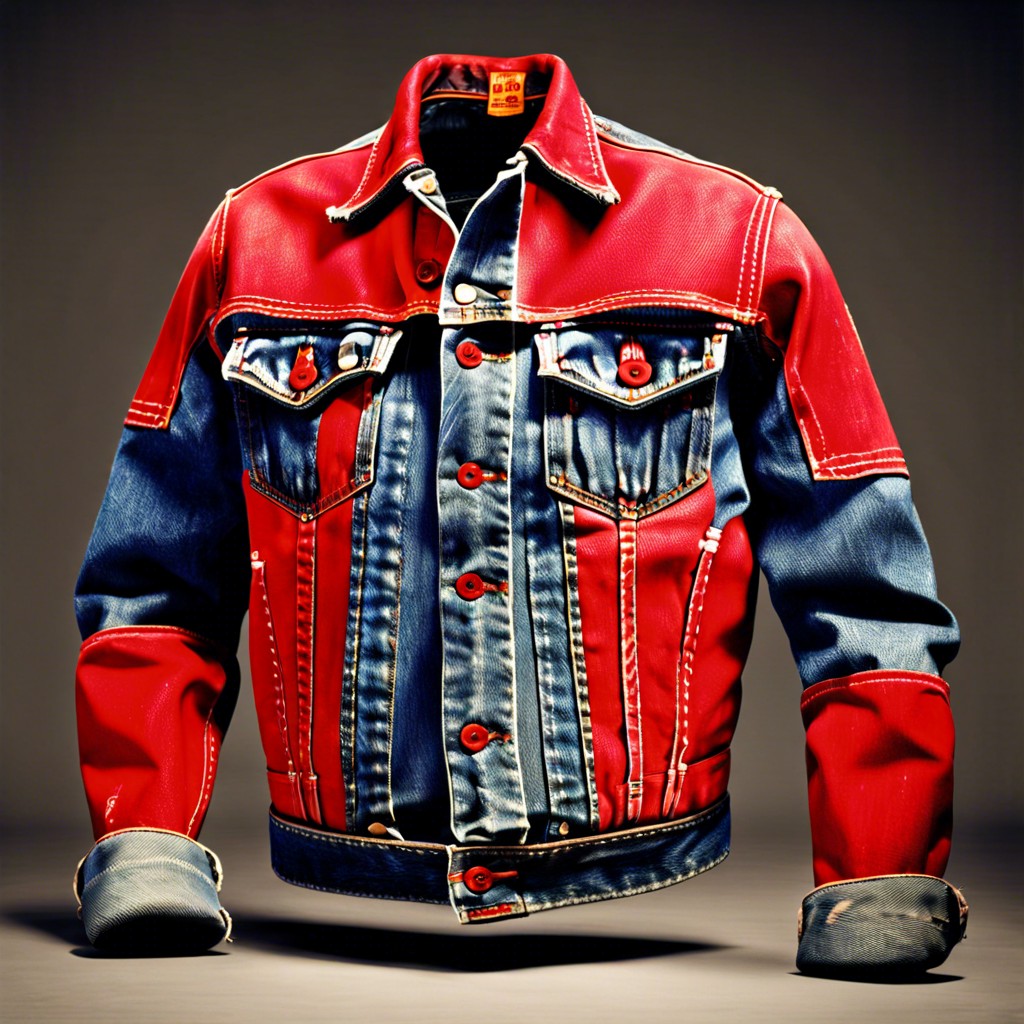
The red tab with the Levi’s logo, first introduced in 1936, is a quick identifier for vintage jeans enthusiasts. A telling detail in distinguishing age lies within the logo’s lettering: pieces with a capital ‘E’ in the word ‘LEVI’S,’ indicate production prior to 1971, thus marking them as highly collectible.
Post-1971, the tab’s logo lettering changed to all lowercase, ‘Levi’s.’ Collectors and fashion historians prize Big ‘E’ variants for their rarity and link to the early history of denim.
It’s imperative, however, not to rely solely on the red tab for validation. Other features like rivets, patches, and fabric should be considered before confirming the period of a vintage Levi’s piece. Authenticating a pair of Levi’s as vintage necessitates a holistic approach—no single detail can stand alone as proof.
The Value of Selvedge Denim in Vintage Levi’s
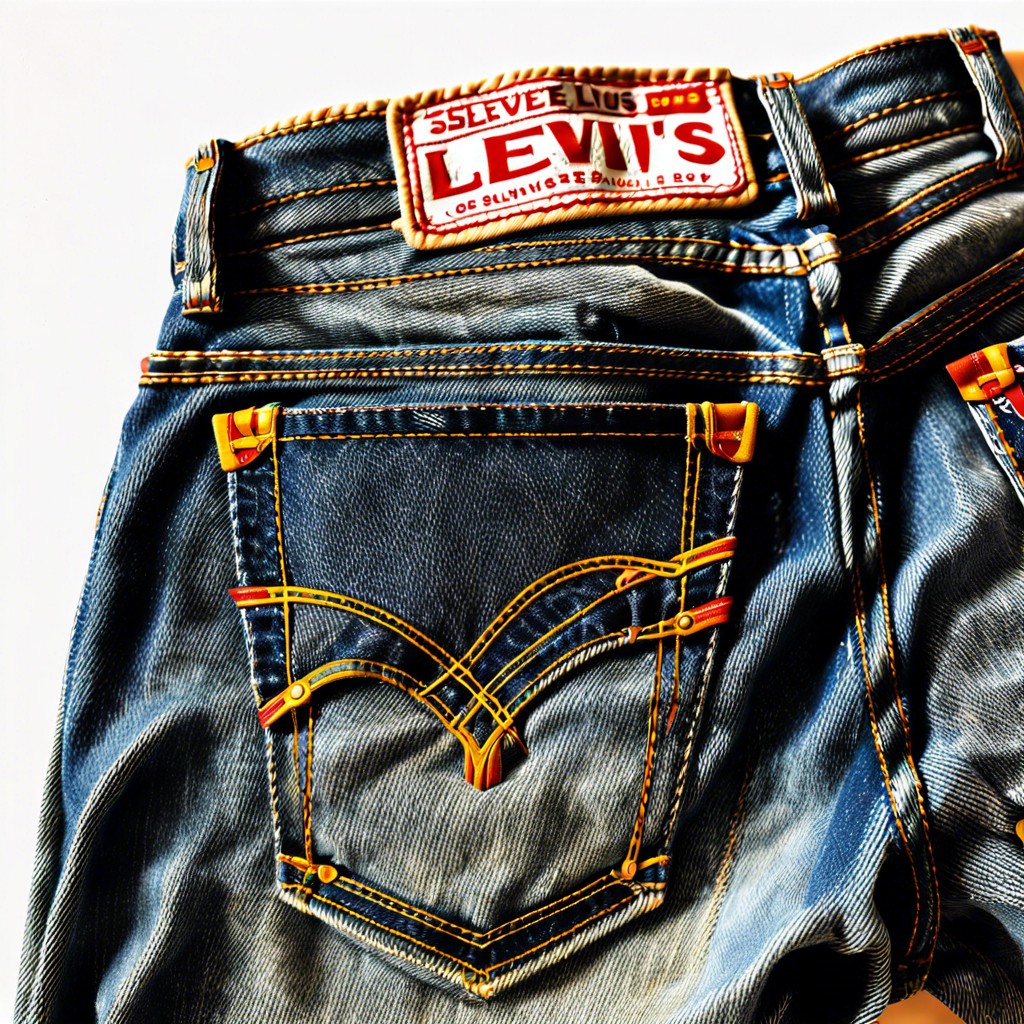
Selvedge denim, hailing from the term “self-edge,” refers to a traditional weaving technique that prevents fraying, curling, and unraveling. This method, characterized by a clean, finished edge inside the seam, is renowned for its quality and durability. Vintage Levi’s made before the mid-1980s typically feature selvedge denim, which can be spotted by the telltale finished edges when cuffs are turned up, often displaying a red or white line.
This denim type is tightly woven on old-style shuttle looms, generating a denser fabric that not only stands the test of time but also develops a unique, personalized fade pattern with wear. Modern interpretations often lack this intricate quality due to the evolution of mass production techniques that favor efficiency over the artisanship of the past.
Collectors and fashion enthusiasts seek out these older pairs of Levi’s, not just for their nostalgic appeal but also for the heightened craftsmanship that selvedge denim represents. As a badge of authenticity and craftsmanship, vintage Levi’s with selvedge denim often command higher prices and boast a devoted following among denim connoisseurs.




